Home>Construction & Tools>Worksite Management>How To Organize A Charcuterie Board
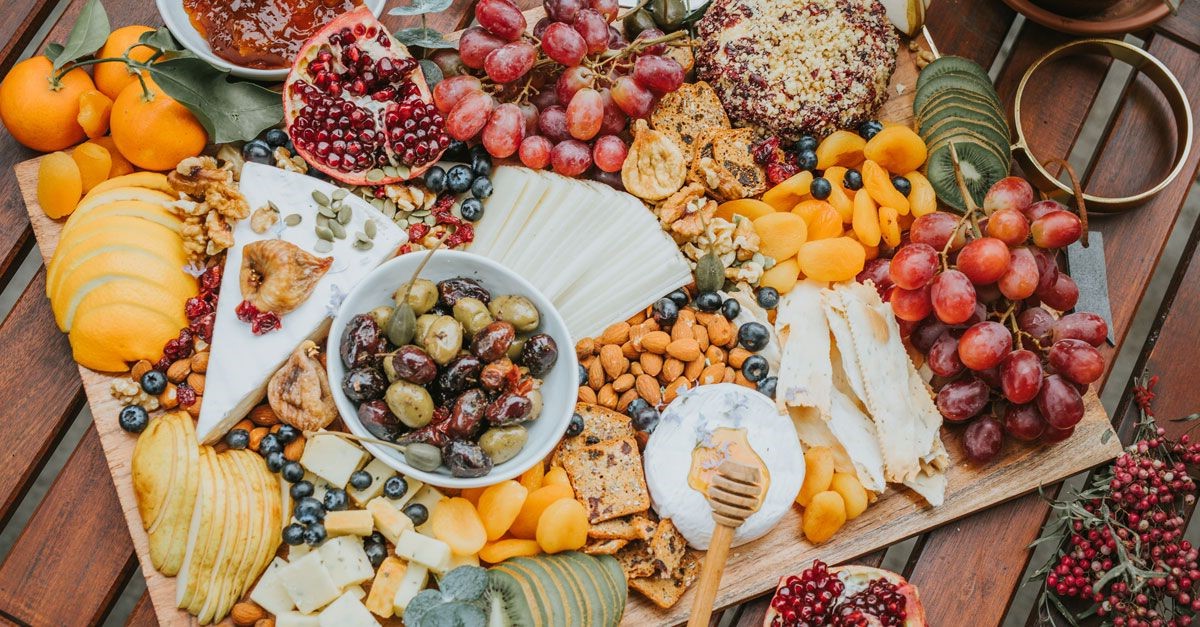

Worksite Management
How To Organize A Charcuterie Board
Published: March 2, 2024
Learn how to create a stunning charcuterie board with our expert tips and tricks for worksite management. Impress your guests with a beautifully organized spread!
(Many of the links in this article redirect to a specific reviewed product. Your purchase of these products through affiliate links helps to generate commission for Storables.com, at no extra cost. Learn more)
Choosing the Right Meats and Cheeses
When it comes to creating a delicious charcuterie board, selecting the right meats and cheeses is essential. The key is to offer a variety of flavors, textures, and colors to create a visually appealing and tasty spread. Here are some tips for choosing the perfect meats and cheeses for your charcuterie board:
Read more: How To Store A Charcuterie Board
1. Variety of Meats
When selecting meats for your charcuterie board, aim for a diverse selection. Include a mix of cured meats such as prosciutto, salami, chorizo, and coppa. Each of these meats offers a unique flavor profile, ensuring that there is something for everyone to enjoy.
2. Assortment of Cheeses
Just like with the meats, it's important to offer a variety of cheeses to cater to different tastes. Consider including a mix of soft cheeses like brie or camembert, semi-soft cheeses such as gouda or havarti, hard cheeses like aged cheddar or manchego, and blue cheeses like gorgonzola or Roquefort. This variety ensures that there is something for everyone, from mild and creamy to sharp and tangy.
3. Consider Dietary Restrictions
It's important to consider any dietary restrictions or preferences when choosing meats and cheeses for your charcuterie board. If you're expecting vegetarian or vegan guests, be sure to include non-meat options such as marinated tofu or vegan cheese. Additionally, consider offering gluten-free crackers or bread for those with gluten sensitivities.
4. Pairing Meats and Cheeses
When selecting meats and cheeses, think about how they pair together. For example, prosciutto pairs beautifully with melty brie, while salami complements the nutty flavor of aged gouda. Experiment with different combinations to create a harmonious blend of flavors on your charcuterie board.
By following these tips, you can ensure that your charcuterie board offers a delightful selection of meats and cheeses that will impress your guests and tantalize their taste buds.
Key Takeaways:
- Create a delicious charcuterie board by choosing a variety of meats and cheeses to cater to different tastes. Consider dietary restrictions and experiment with pairing different flavors for a delightful spread.
- Elevate your charcuterie board by selecting a diverse range of accompaniments and condiments. Consider dietary preferences, add variety, and create a visually stunning and harmonious blend of flavors and textures.
Read more: How To Store Charcuterie Board
Selecting Accompaniments and Condiments
When assembling a charcuterie board, the accompaniments and condiments play a crucial role in enhancing the overall flavor and experience. Here are some essential tips for selecting the perfect accompaniments and condiments to complement your meats and cheeses:
1. Variety of Accompaniments
To add depth and variety to your charcuterie board, include an array of accompaniments such as fresh fruits, dried fruits, nuts, and olives. Fresh fruits like grapes, figs, and apple slices provide a refreshing contrast to the rich and savory meats and cheeses. Dried fruits such as apricots or cranberries add a delightful sweetness, while nuts like almonds or walnuts offer a satisfying crunch. Additionally, the briny and tangy flavor of olives can provide a delightful palate cleanser between bites.
2. Selection of Condiments
Condiments are the flavor boosters that elevate the taste of meats and cheeses. Consider including a selection of mustards, honey, fruit preserves, and relishes. Mustards, such as whole grain or Dijon, offer a zesty kick that pairs well with cured meats. Honey adds a touch of sweetness and can be drizzled over cheeses or meats for a delightful contrast. Fruit preserves, like fig or apricot, provide a luscious sweetness that complements the saltiness of the meats. Relishes, such as cornichons or pickled onions, offer a tangy and crunchy element that balances the richness of the charcuterie.
3. Bread and Crackers
No charcuterie board is complete without a selection of artisanal bread and crackers. Choose a variety of bread such as baguette slices, sourdough, or whole grain loaves. For crackers, opt for different textures and flavors, including plain, seeded, or whole wheat varieties. These bread and cracker options provide a neutral base for enjoying the meats, cheeses, and condiments, while also adding a satisfying crunch and chewy texture.
Read more: How To Pack Charcuterie For A Picnic
4. Consider Dietary Preferences
When selecting accompaniments and condiments, it's important to consider the dietary preferences and restrictions of your guests. Include gluten-free crackers or bread for those with gluten sensitivities, and offer vegan or dairy-free options for guests with dietary restrictions. By catering to a variety of dietary needs, you ensure that everyone can partake in the delicious offerings of the charcuterie board.
By carefully selecting a diverse range of accompaniments and condiments, you can create a charcuterie board that is not only visually stunning but also a harmonious blend of flavors and textures that will delight your guests.
Arranging the Charcuterie Board
Arranging the charcuterie board is an art that involves creating an enticing display while ensuring a harmonious balance of flavors and textures. Follow these steps to artfully arrange your charcuterie board:
-
Start with the Largest Items: Begin by placing the largest items on the board, such as whole cheeses or bowls of condiments. These items will act as anchor points for the rest of the arrangement.
-
Layer the Meats and Cheeses: Arrange the meats and cheeses in alternating layers or sections across the board. This creates visual interest and allows guests to easily access their desired selections.
-
Fold or Roll the Meats: To add dimension and elegance to the board, consider folding or rolling the sliced meats. This not only enhances the visual appeal but also makes it easier for guests to pick up the meats without them sticking together.
-
Mix Up the Shapes and Textures: Incorporate a variety of shapes and textures to keep the arrangement visually appealing. For example, cube or wedge the cheeses, and fold or drape the meats to create a dynamic presentation.
-
Fill in the Gaps: Once the meats and cheeses are in place, fill in any empty spaces with accompaniments such as fresh fruits, nuts, and olives. This not only adds color and vibrancy but also ensures that every inch of the board is utilized.
-
Consider Height and Depth: Add dimension to the board by incorporating items of varying heights. Use small ramekins or bowls to elevate certain condiments or nuts, creating a visually dynamic display.
-
Garnish with Fresh Herbs: Sprinkle fresh herbs like rosemary or thyme around the board to add a pop of color and a hint of freshness. These garnishes not only enhance the visual appeal but also provide a subtle aromatic element to the board.
-
Create a Flowing Layout: Aim for a flowing and organic layout, allowing the items to naturally lead the eye across the board. Avoid rigid, symmetrical arrangements, and instead, opt for a more relaxed and inviting design.
By following these steps, you can artfully arrange a charcuterie board that not only looks stunning but also ensures that each component is easily accessible and inviting to your guests.
Tips for Serving and Presentation
When it comes to serving and presenting your charcuterie board, attention to detail can elevate the entire experience for your guests. Here are some essential tips for ensuring that your charcuterie board is not only visually appealing but also served in a manner that enhances the enjoyment of the delicious spread:
-
Use the Right Serving Vessels: Selecting the appropriate serving vessels can make a significant difference in the presentation of your charcuterie board. Opt for wooden boards, slate platters, or marble slabs to create a rustic and elegant backdrop for the meats and cheeses. Additionally, use small bowls or ramekins for condiments and olives, adding a touch of organization and sophistication to the arrangement.
-
Temperature Matters: Pay attention to the temperature of the meats and cheeses. It's essential to serve the charcuterie board at the right temperature to ensure that the flavors are at their best. Remove the cheeses from the refrigerator at least 30 minutes before serving to allow them to come to room temperature. Cured meats are best served at room temperature, so take them out of the fridge in advance to ensure optimal flavor.
-
Label the Selections: To guide your guests through the offerings on the charcuterie board, consider labeling the different meats, cheeses, and condiments. This not only adds a thoughtful touch but also helps guests identify their preferred selections and learn about the various items presented.
-
Provide Ample Serving Utensils: Ensure that there are plenty of small serving utensils available for guests to use. Each type of cheese and meat should have its own dedicated knife or fork to prevent flavor mixing and maintain hygiene. This attention to detail demonstrates your commitment to providing a refined and enjoyable dining experience.
-
Refresh and Refill: Throughout the event, periodically refresh and refill the charcuterie board to maintain its visual appeal and ensure that there are an ample variety of options available for your guests. This also allows you to monitor which items are popular and which may need replenishing.
-
Consider the Flow of the Event: If the charcuterie board is part of a larger meal or gathering, consider the timing of its presentation. Serving the board as an appetizer allows guests to leisurely enjoy the offerings before the main course. If it's the main feature, ensure that it takes center stage and is the focal point of the event.
-
Engage with Your Guests: As you present the charcuterie board, take the opportunity to engage with your guests and share your knowledge and passion for the selections. Offer insights into the different meats and cheeses, and encourage your guests to explore and savor the diverse flavors and textures.
By implementing these tips for serving and presentation, you can ensure that your charcuterie board not only looks exquisite but also enhances the overall dining experience, leaving a lasting impression on your guests.
Frequently Asked Questions about How To Organize A Charcuterie Board
Was this page helpful?
At Storables.com, we guarantee accurate and reliable information. Our content, validated by Expert Board Contributors, is crafted following stringent Editorial Policies. We're committed to providing you with well-researched, expert-backed insights for all your informational needs.
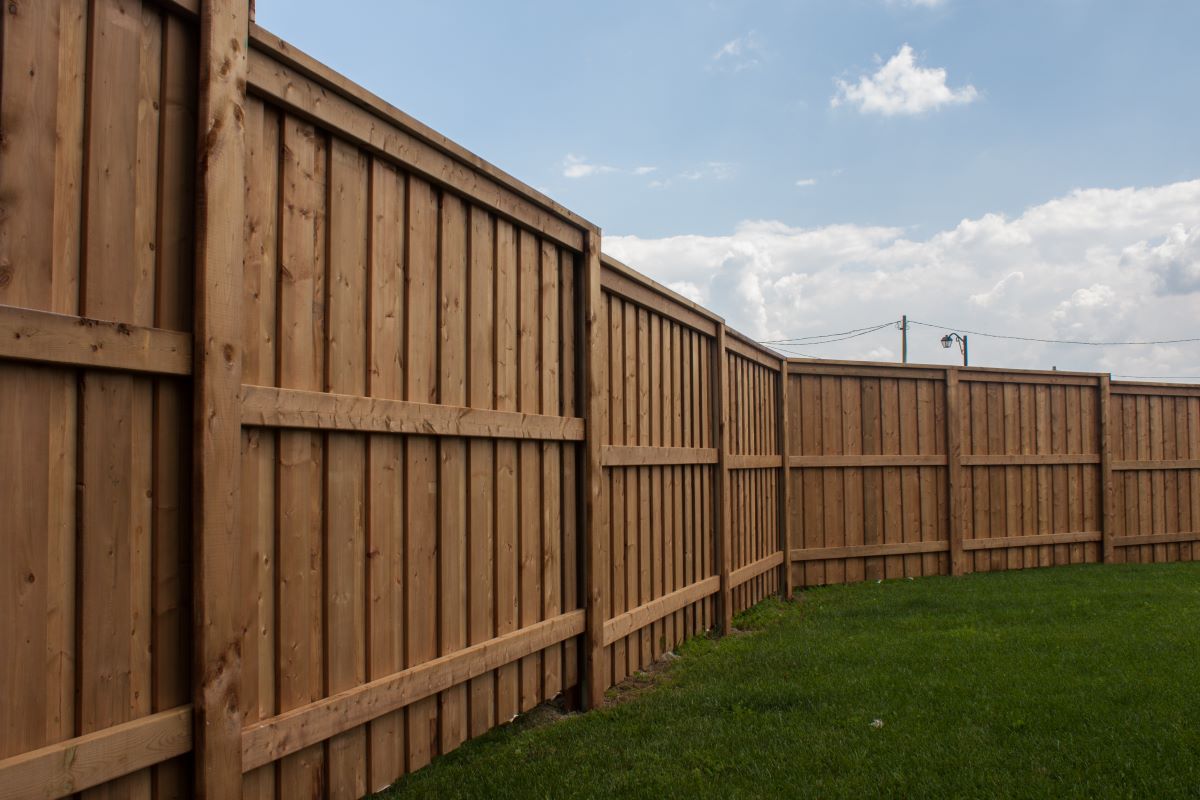

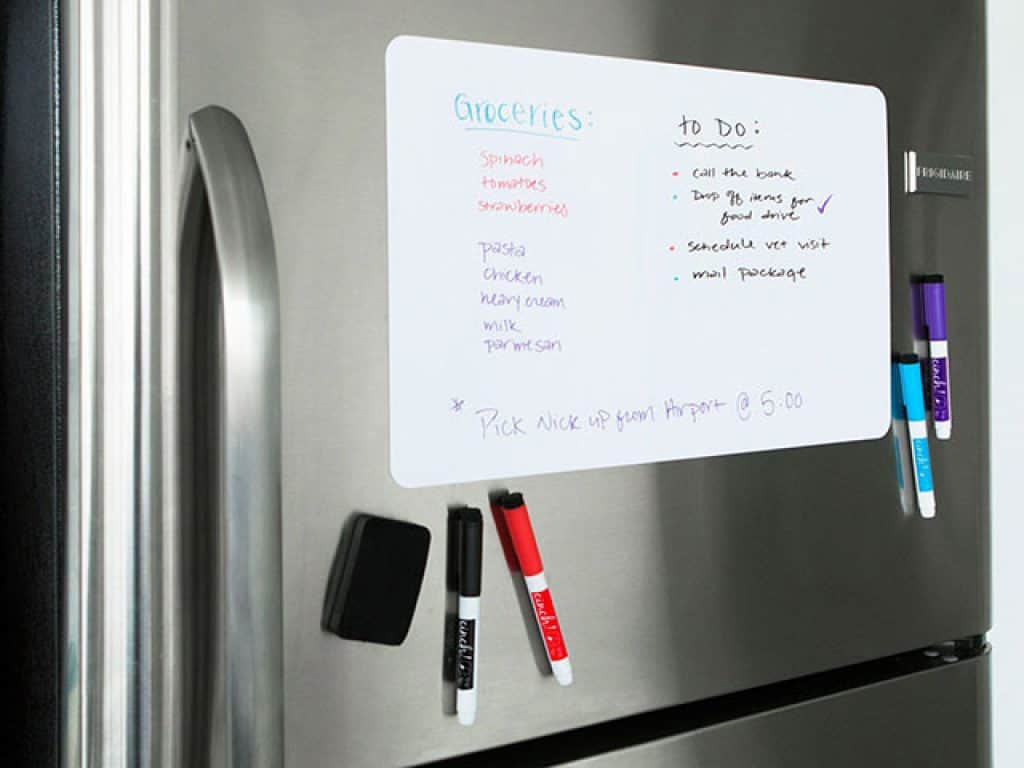

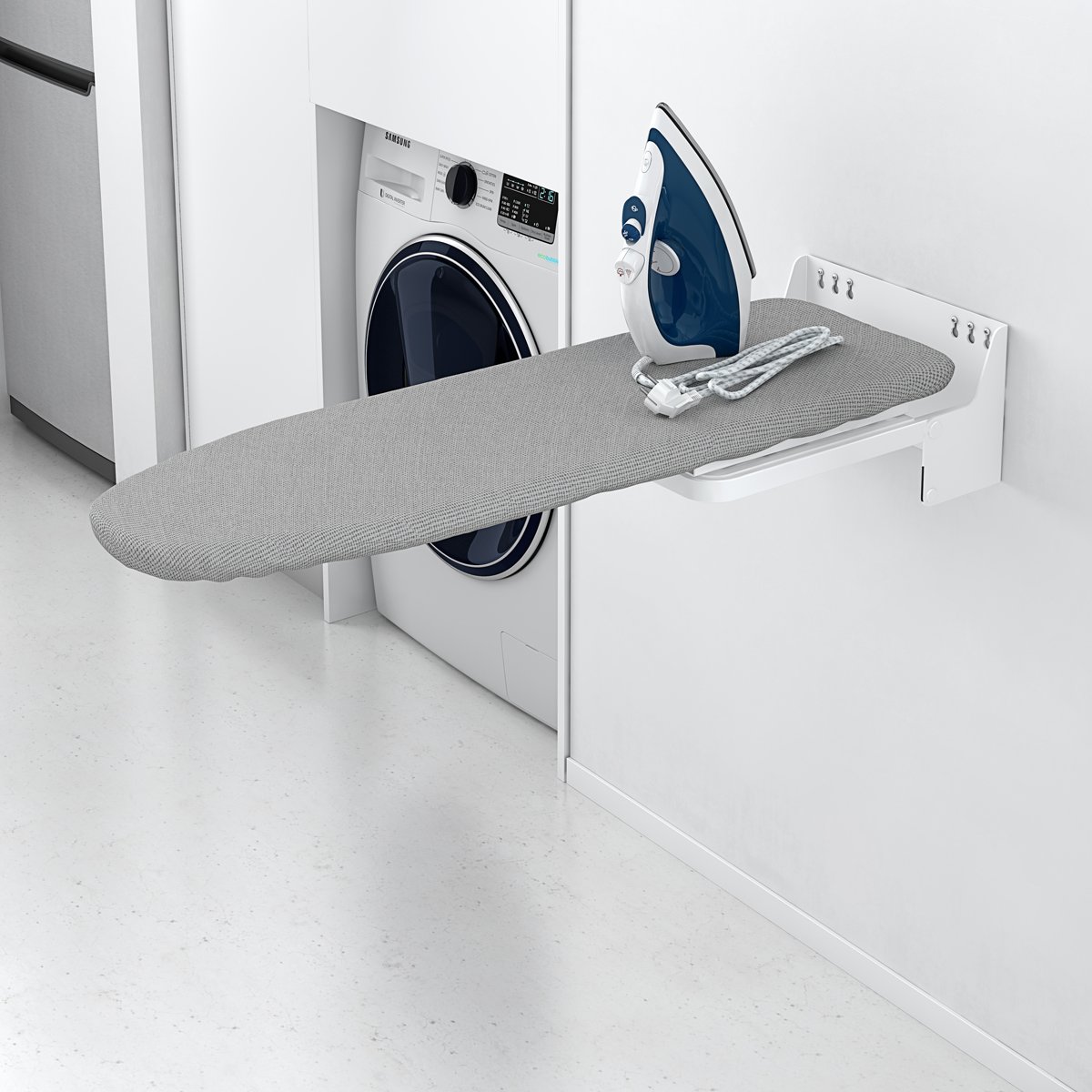
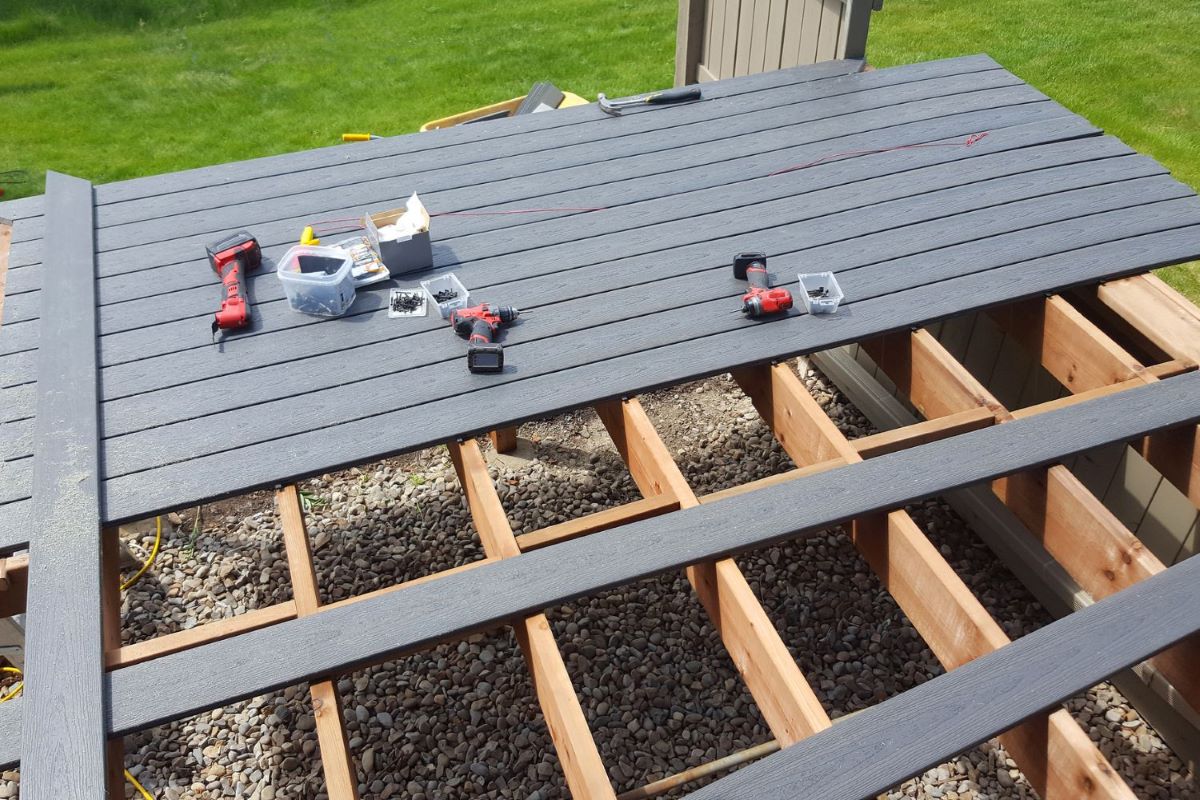

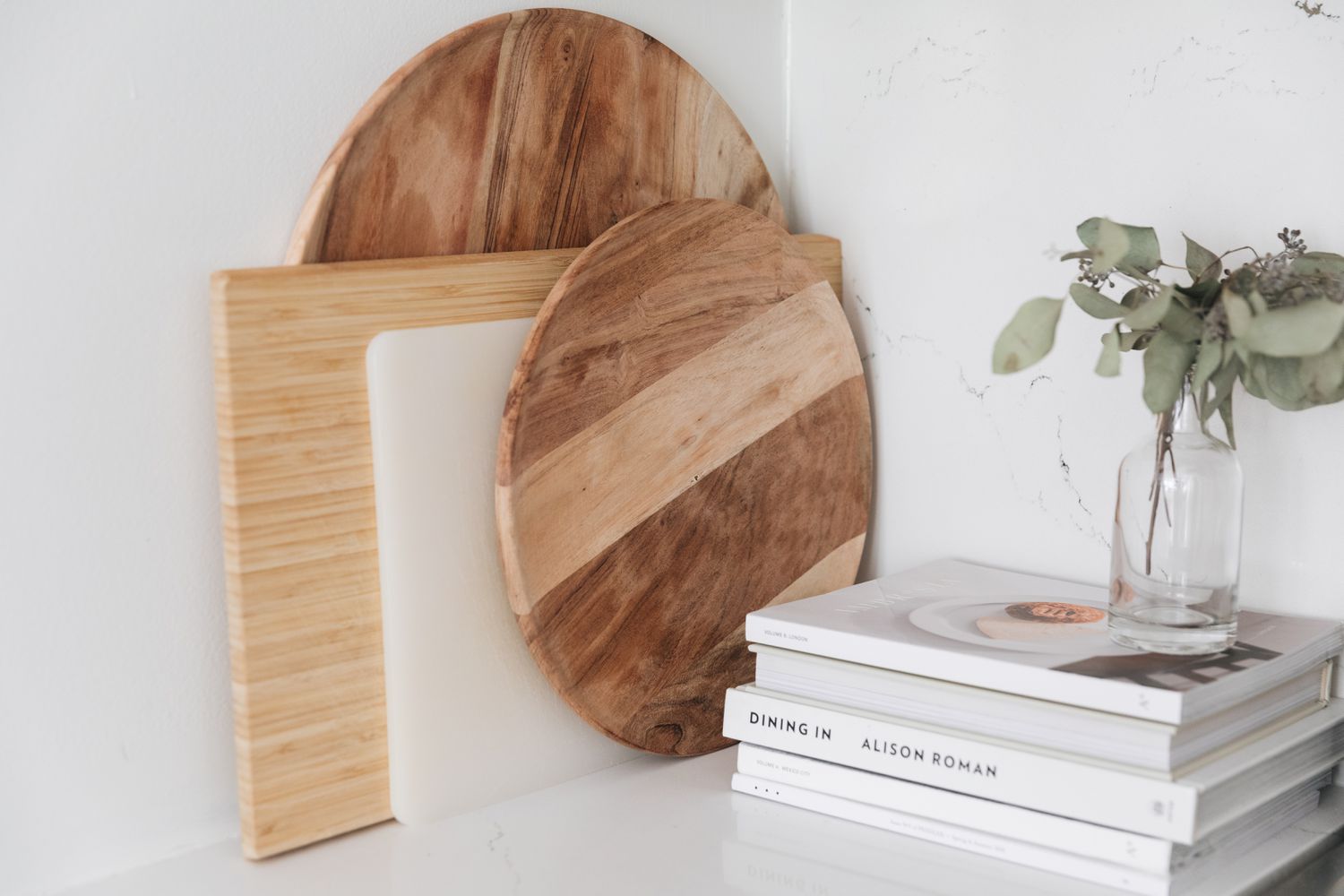
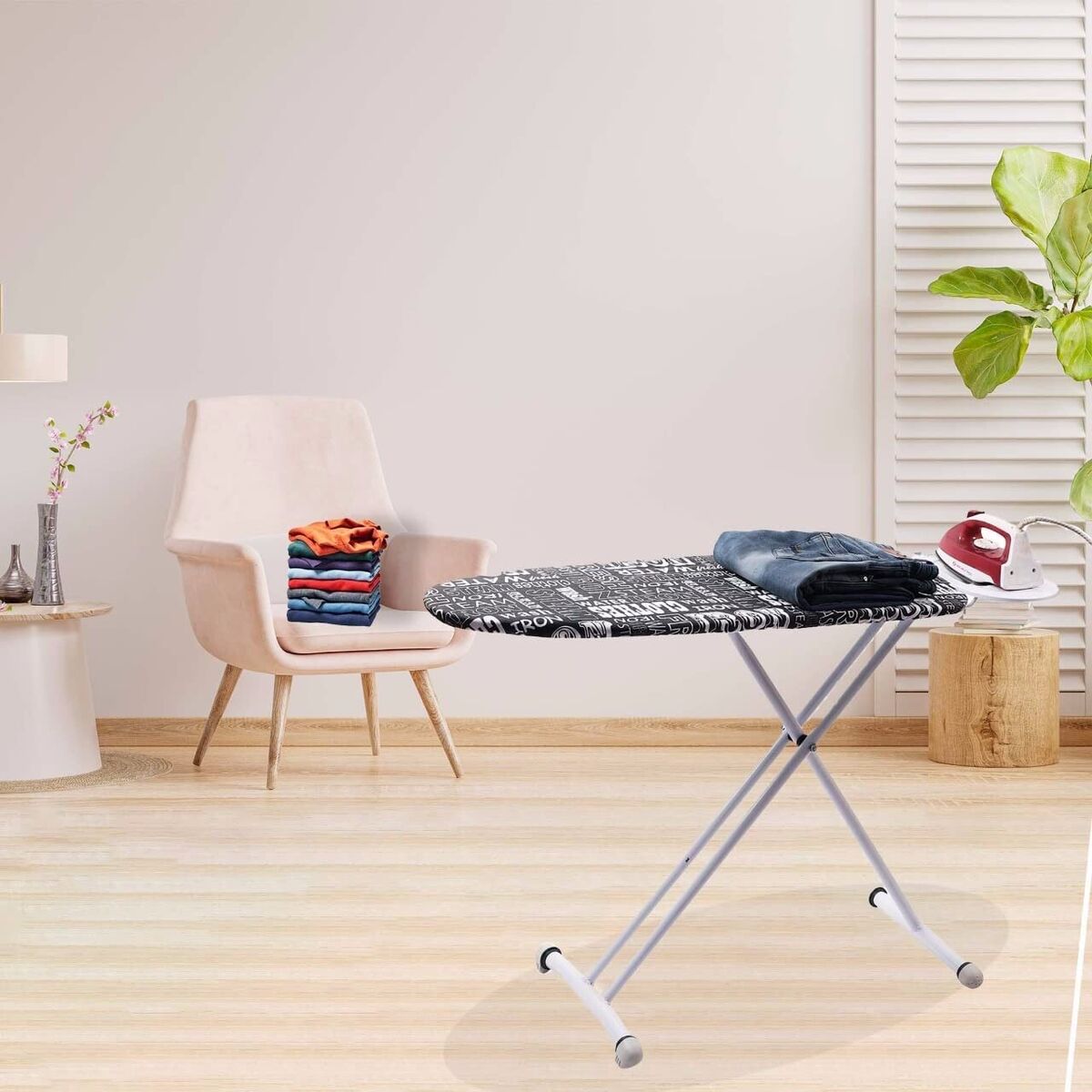
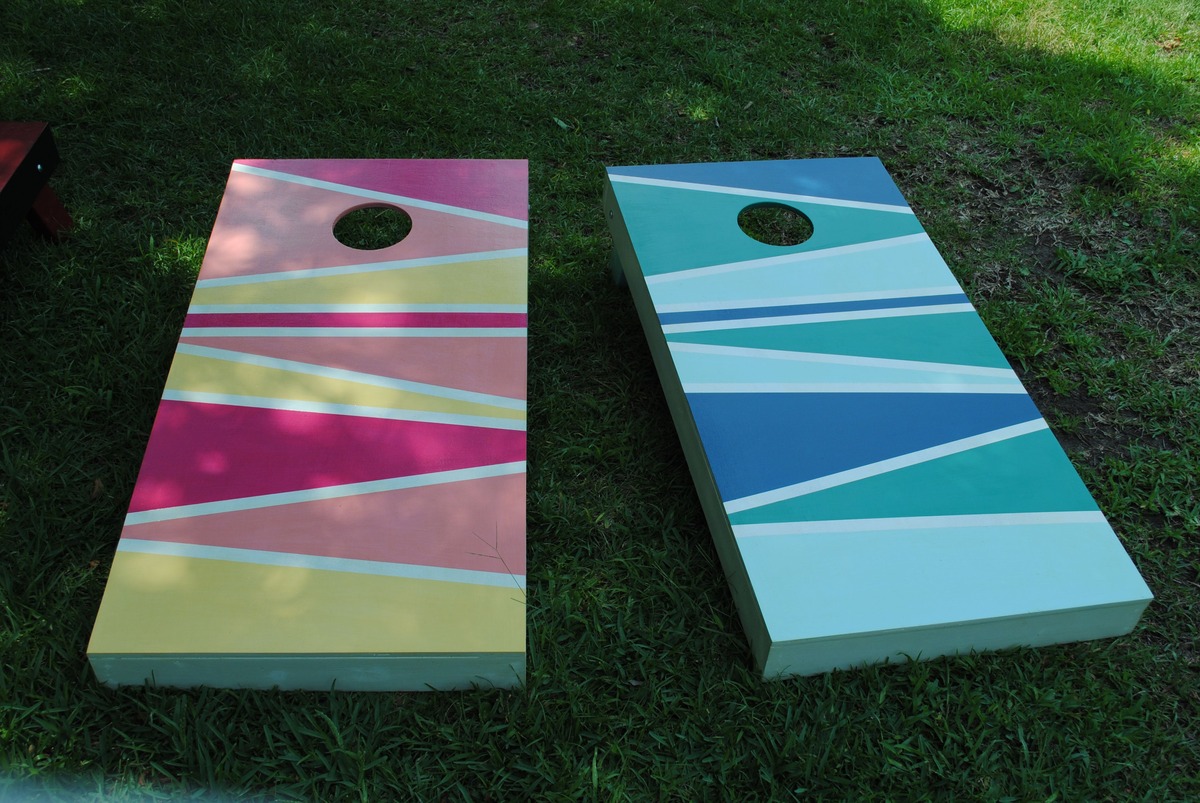
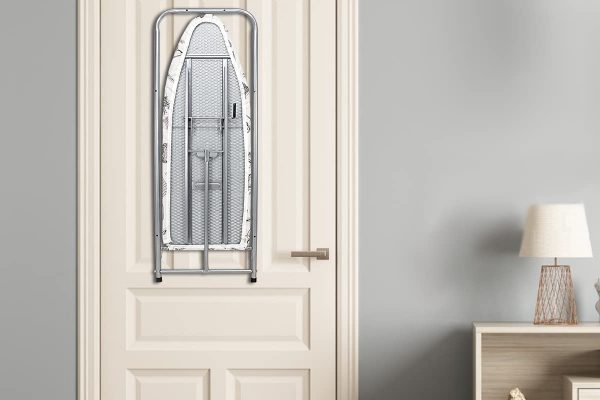
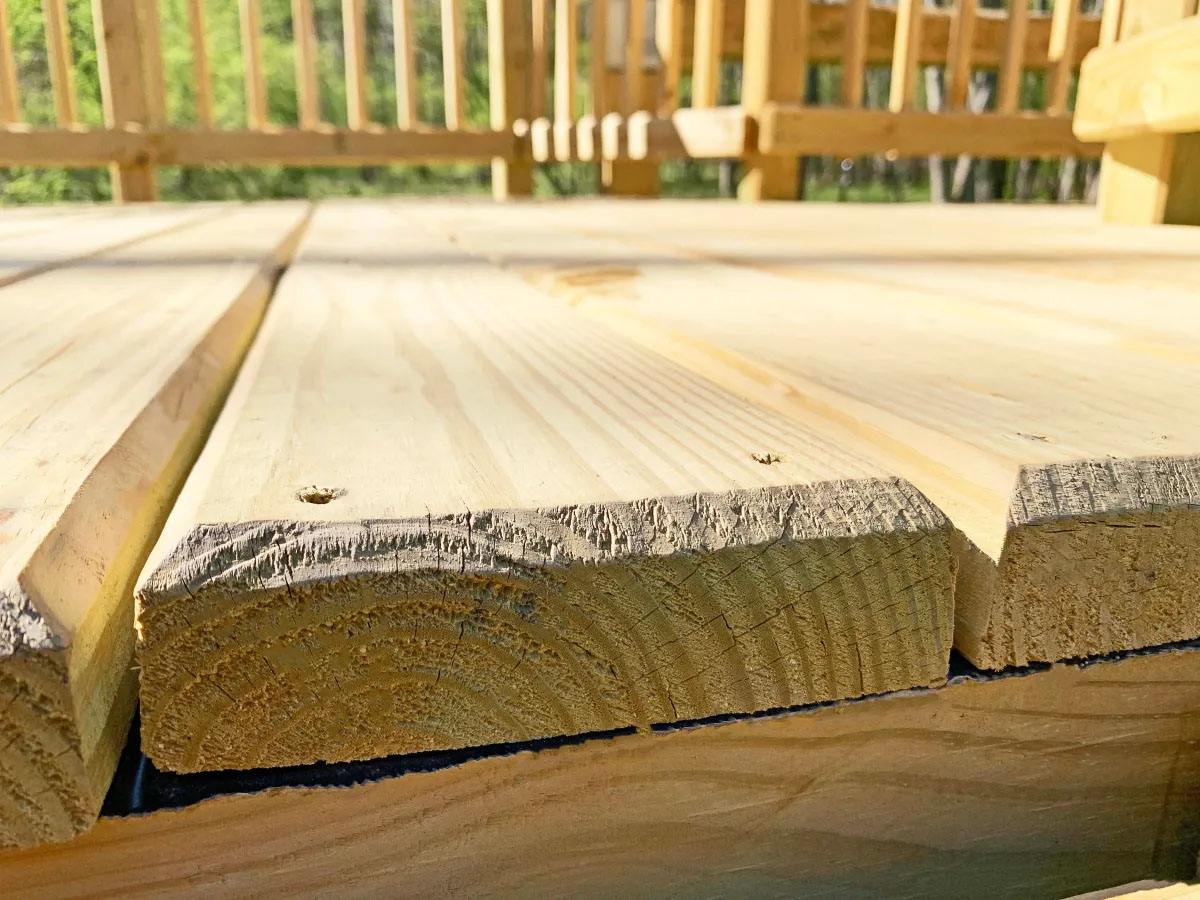


0 thoughts on “How To Organize A Charcuterie Board”